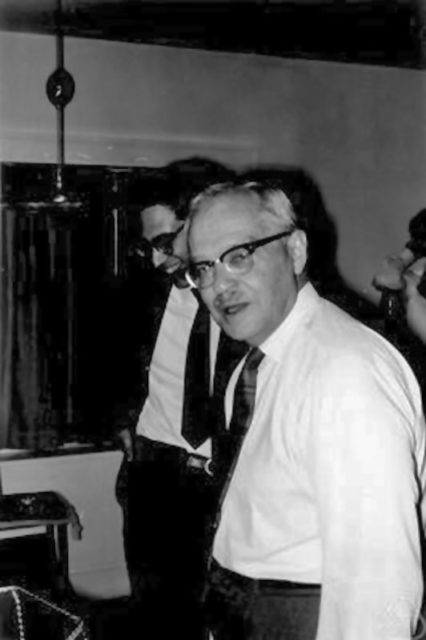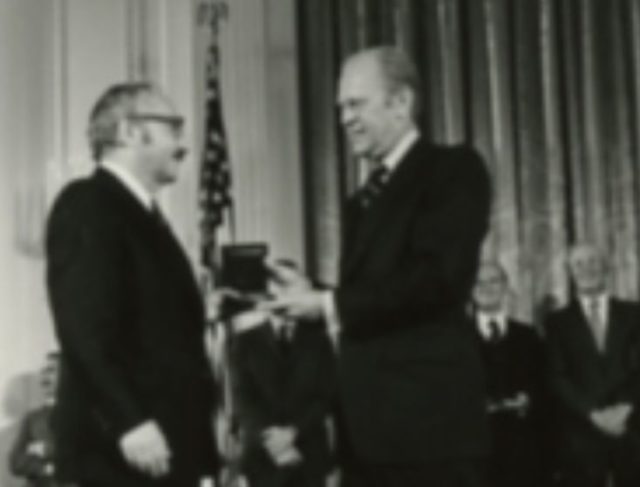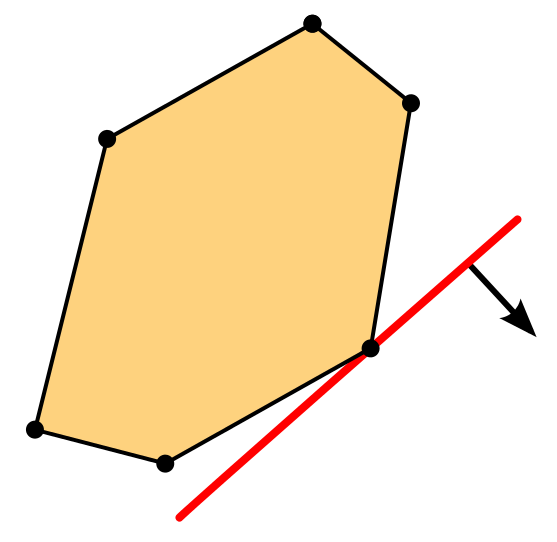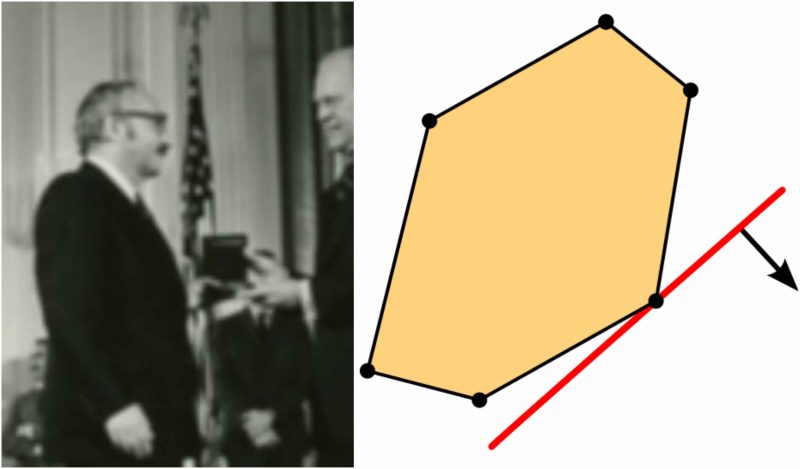In 1939, George Bernard Dantzig was a graduate student at the University of California, Berkeley, studying statistics under the supervision of the mathematician and statistician Jerzy Neyman.
One day he was late for his class and saw two unsolved problems on the blackboard and wrote them down, assuming they were for homework. After a few days, Dantzig solved the problems that he still believed were his homework and took them to Neyman, saying that it took him a bit longer because they “seemed to be a little harder than usual.”
After six weeks, Dantzig received a visit from an excited Professor Neyman, telling him that those solutions were for the two of the most famous statistical problems that had baffled absolutely everyone. The two statistical problems earned Dantzig his doctorate when he presented them as his thesis.

George Bernard Dantzig was born in Portland, Oregon, in 1914, the son of two intellectuals who named him after the Irish writer George Bernard Shaw. George’s father, Tobias Dantzig, was a German born in Latvia who studied linguistics and later math under the supervision of Henri Poincaré at the University of Sorbonne, where he met his wife, Anja Dantzig, a French linguist. Together, they emigrated to the United States, where their son George was born.
In the early 1920s, the Dantzig family moved to Washington, D.C., and Anja became a linguist at the Library of Congress and Tobias a math tutor at the University of Maryland. George Dantzig was attending high school and already fascinated with geometry. Tobias challenged his son’s interests in math by giving him complicated problems to solve, particularly in projective geometry.

In 1936, the young Dantzig graduated in mathematics and physics from the University of Maryland and in 1938, earned his master’s degree in mathematics from the University of Michigan. Then, he worked at the Bureau of Labor Statistics for two years, before he enrolled in the Ph.D. program in mathematics at the University of California, Berkeley. When World War II started, Dantzig joined the U.S. Air Force Office of Statistical Control, taking a leave of absence from his studies at Berkeley. However, he returned to the University in 1946 and completed his Ph.D. The University offered him a post there, but Dantzig preferred his previous job as a mathematical advisor to the comptroller in the Air Force.
As for why Dantzig was welcome in all prestigious institutions around the U.S., well, there are many reasons. For example, he made it possible for the airline industry to schedule crews and make agile assignments. Or, shipping companies used Dantzig’s work tools to determine what number of planes they would need and where should their delivery trucks be deployed. The oil industry has used linear programming in refinery planning as it allows it to determine the amount of raw product that needs to be turned into different gasoline grades and how much should be used for petroleum-based byproducts. It is also applied in manufacturing, telecommunications, architecture, advertising, circuit design, revenue management, and many other areas.

The founders of the discipline of linear programming are the Russian mathematician Leonid Kantorovich, who developed the problems of linear programming in 1939; John von Neumann, who in 1947, developed the theory of duality; and Dantzig, who that same year published the simplex method.
Linear programming is a mathematical method used for determining a way to achieve the best outcome (for example, maximum profit or lowest cost) in a given mathematical model for a list of requirements represented as linear relationships. As a mathematical method, linear programming was developed during World War II and used to work out how to reduce the costs to the Allies while increasing the losses of the enemy. The model was kept secret until 1947.

In 1952, Dantzig started working at the mathematics division of the RAND Corporation. By 1960 he was a professor at the Department of Industrial Engineering at UC Berkeley and had founded the Operations Research Center. In 1966 Dantzig took a post as professor of Operations Research and Computer Science at the Stanford faculty. Just a year later, Operations Research rose as a full-fledged department.
Dantzig also established SOL, the Systems Optimization Laboratory at the Stanford faculty. That same year, he went on a sabbatical leave and worked at the International Institute for Applied Systems Analysis (IIASA) in Laxenburg, Austria, as the head of the Methodology Group. When he returned, Dantzig became the C. A. Criley Professor of Transportation Sciences at Stanford, a post he held until his mandatory retirement in 1985.

George Dantzig was a member of the American Academy of Arts and Sciences, the National Academy of Engineering, and the National Academy of Sciences. The University of Maryland, College Park honored him by giving him an honorary doctorate in 1976. Among the many awards and honors, he was the first one to receive the John von Neumann Theory Prize in 1974. In 1982, the Mathematical Programming Society created the George Bernard Dantzig Prize, which is bestowed once every three years to one or two people who have made an important impact in the field of mathematical programming.
Read another story from us: Hidden Figures: The stories of three extraordinary women from NASA
Dantzig died of diabetes complications and cardiovascular disease in 2005, at the age of 90.
Freund wrote that “through his research in mathematical theory, computation, economic analysis, and applications to industrial problems, [Dantzig] has contributed more than any other researcher to the remarkable development of linear programming”.
